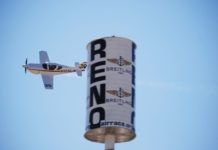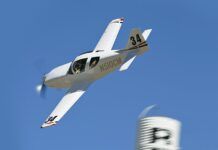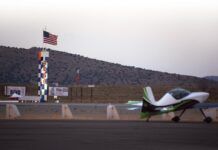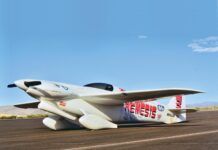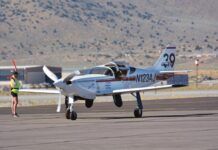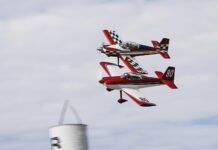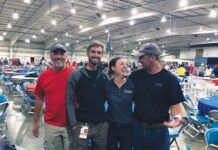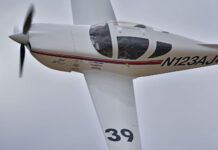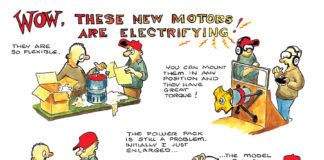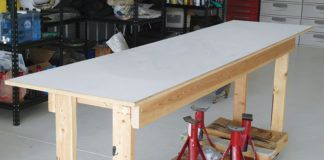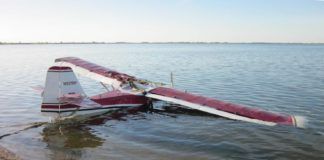The annual Soaring Society of America convention is underway in Reno, Nevada, and since there are (and always have been) homebuilt sailplanes, we felt it worth the trip so see what’s going on in the quieter part of our industry. The first thing to note is that not all sailplanes are that quiet!
While pure gliders (launched by aero or auto tow – or winch) have been around since the beginning of flight, the are a number of self-launch or sustainer-equipped experimental sailplanes on the market today. Easily the noisiest would be the jet engine conversions of the Arcus produced by Desert Aerospace owner, Bob Carlton. Readers of Kitplanes will remember that Carlton created the BonusJet two-seat, jet powered sailplane used as a transition trainer for the Subsonex personal jet – but he has since gone on to convert four Arcus piston-powered motorgliders to jet power, and the one he has on display is beautifully crafted.
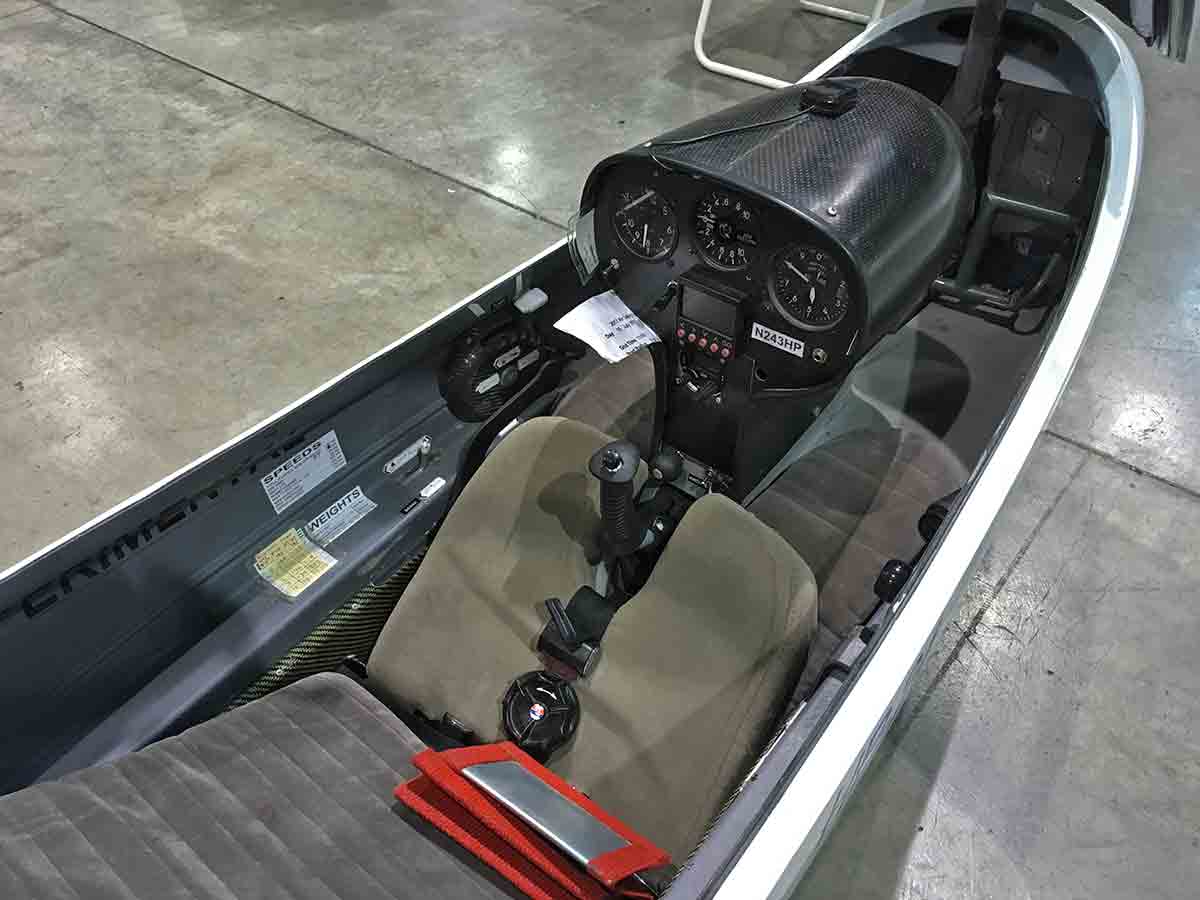
On the fully quiet side, the second customer-completed HP-24 sailplane by HP Aircraft’s Bob Kuykendall is on display, and gathering attention from the crowd. Kuykendall reports that in addition to the two completed ships, there are ten more in work, and at least one builder is working on a nose-mounted electric sustainer, while another is planning a full self-launch capability using batteries in the wings and a pop-up motor and prop on an aft-mounted mast. We’ll be watching these as they develop, and keep folks advised.
For those experimental builders and flyers who aren’t familiar with the soaring world. There are quite a few electronic instrument companies now peddling sophisticated packages that can enhance anyone’s soaring performance, while increasing their safety with better situational awareness. Compact, battery-operated transponders, in-cockpit weather, and computers that gives pilots a better sense of their energy capability are just a few examples. In addition, sailplane pilots are often better equipped for high altitude flight than their powered brethren, with compact, high-efficiency oxygen systems allowing them to spend hours and hours in high mountain waves. We found the quieter and less frenetic crowds at SSA to be conducive to long conversations with these vendors – a refreshing change from the big shows where customers are often three deep at vendor booths.
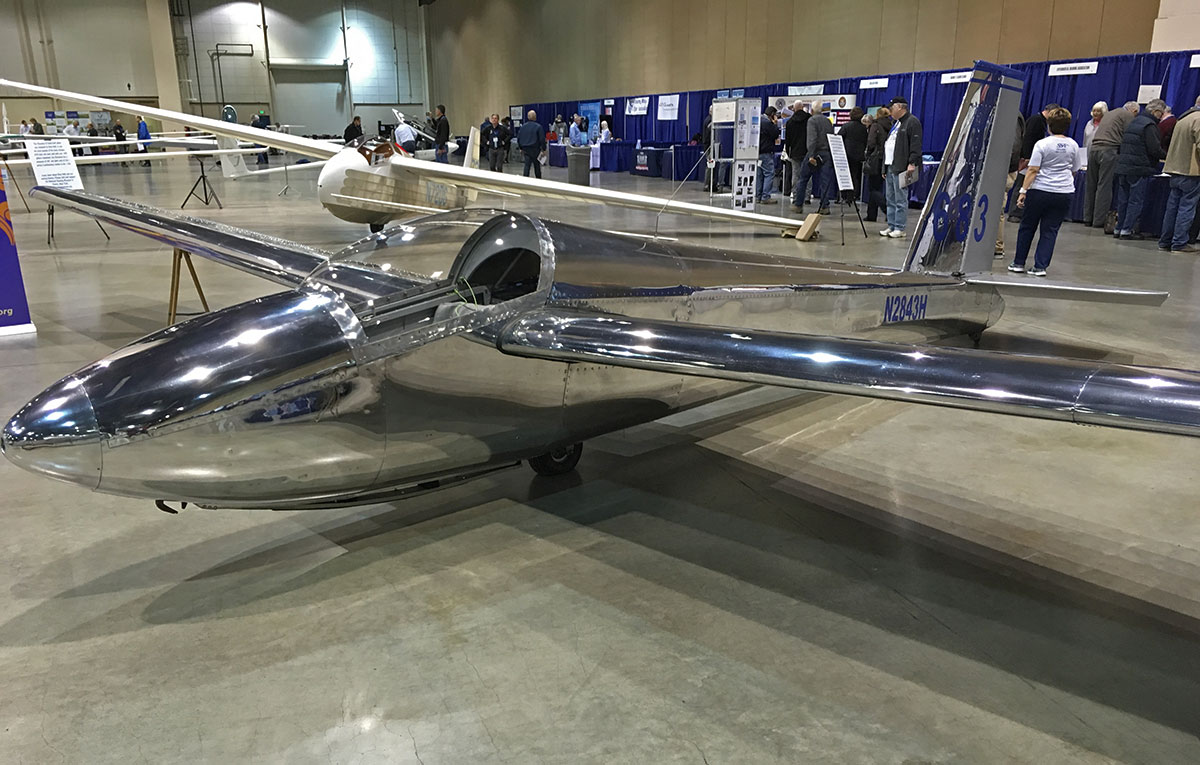
The SSA convention carries on for two more days at the Reno/Sparks convention center, and we’ll report on more in coming days – there are numerous educational sessions planned on experimental and homebuilt sailplanes as well as generic piloting techniques applicable to anyone flying any type of soaring bird. Sailplanes are fun – and homebuilt sailplanes are often at the cutting edge!

